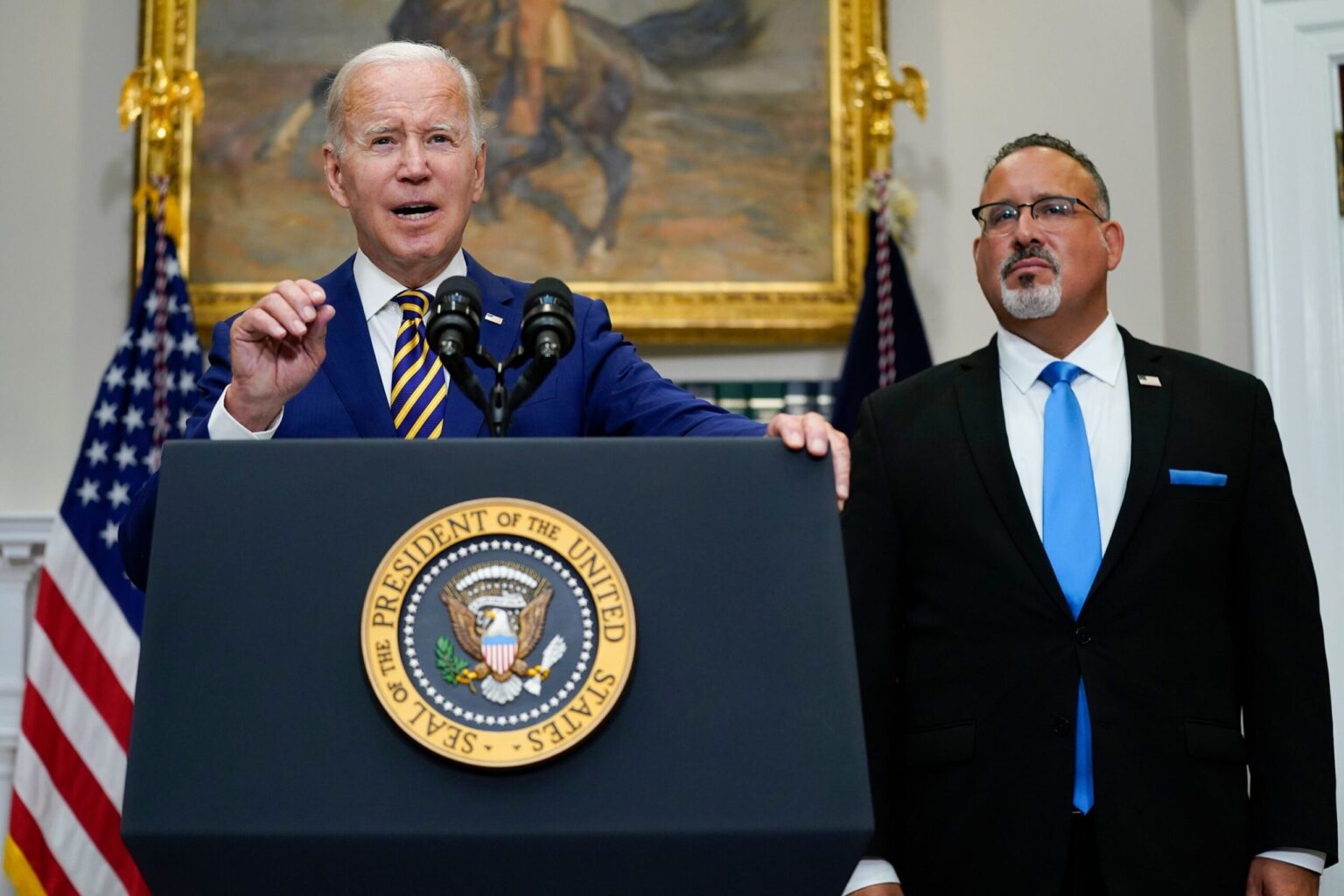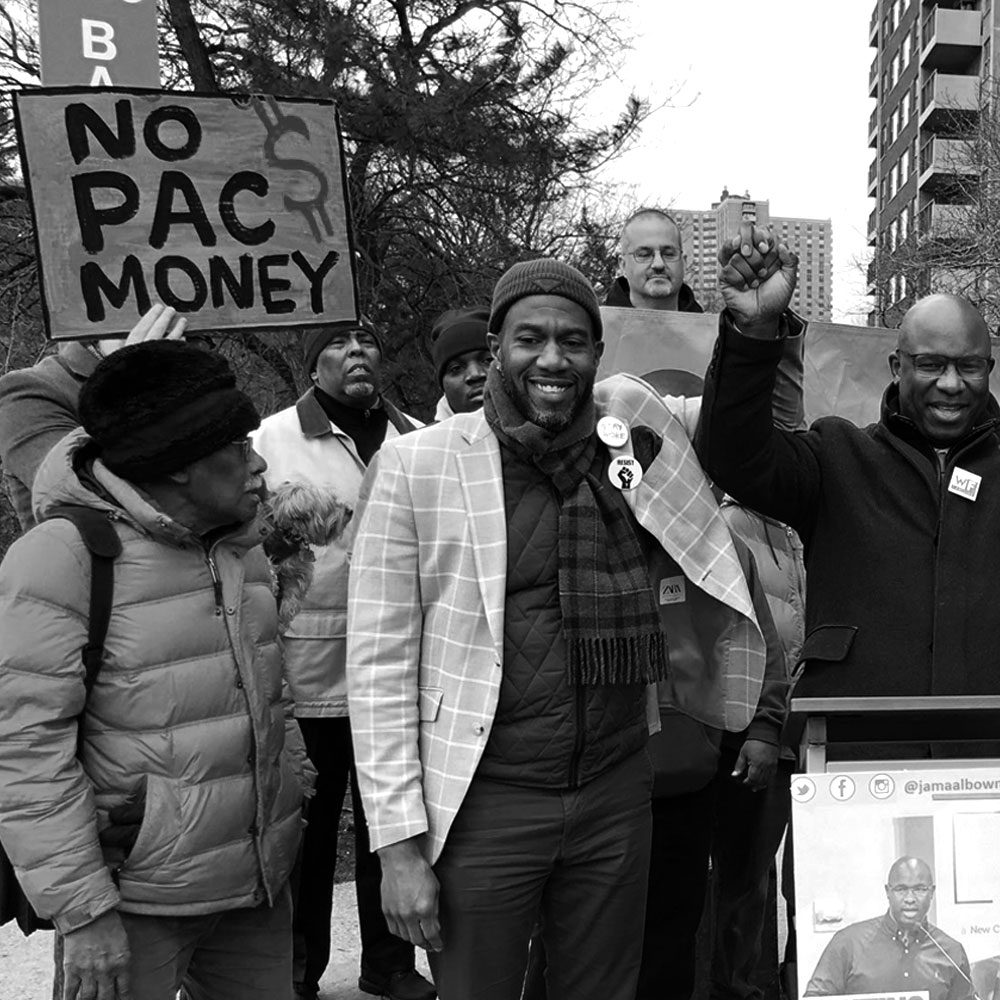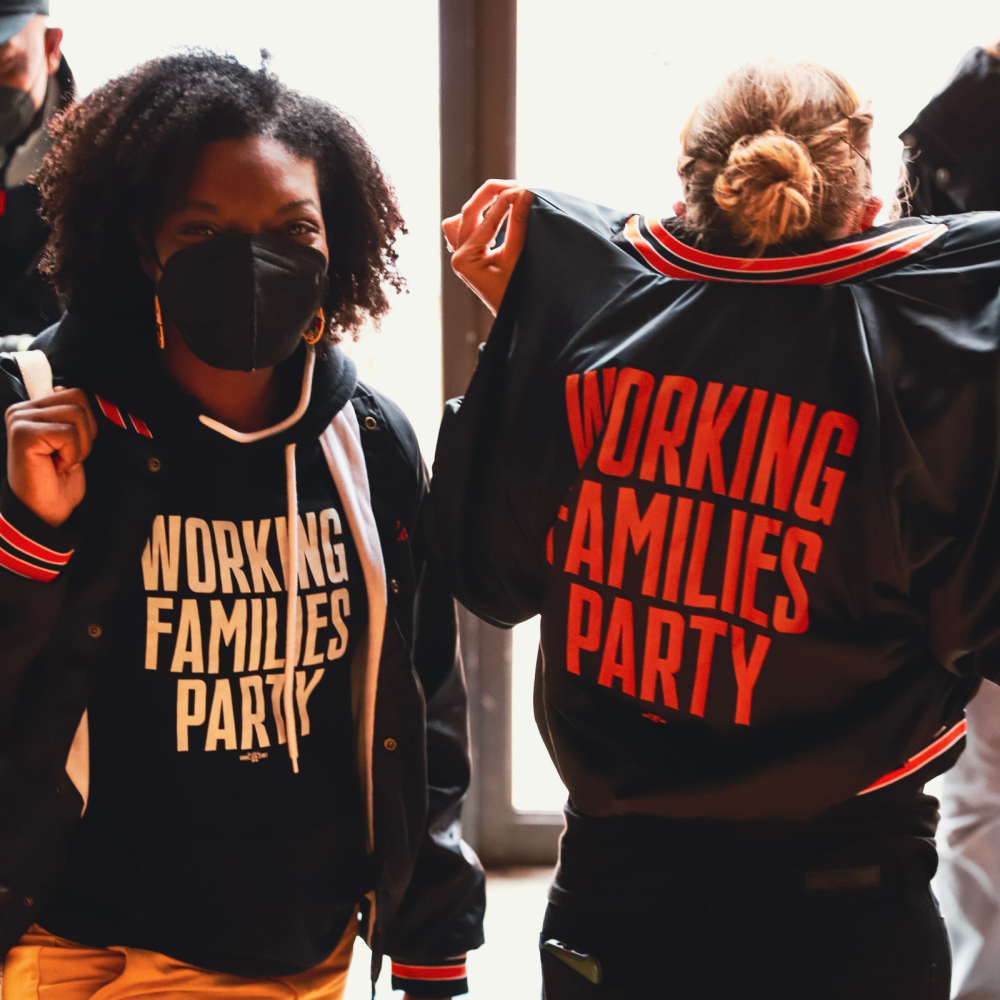Here’s what you need to know about student loan cancellation →

On Wednesday, August 24th, President Biden announced his plan to tackle the student debt crisis. The plan includes federal student loan cancellation of up to $20,000 and adjustments to the income requirements for paying back federal loans.
The plan is welcome news for millions burdened with student debt. It’s also a credit to years of organizing. Many activists and organizations — including WFP members across the country — have been fighting for relief for the student debt crisis.
And while this plan doesn’t go far enough in relieving those who have been exploited by a broken higher education system, it’s a big step forward for this movement. It also sets a precedent for future executive actions — including further debt relief.
We know that trying to understand wonky plans and laws, especially around our already-confusing student loan system, can be difficult, so we want to answer some of the main questions around this new plan.
I have student loan debt — what do I have to do?
You must have a direct loan through the federal government that you received before June 30, 2022 in order to be eligible for the loan cancellation program. A federal direct loan is the most common form of student loan and is the only type of loan that can be cancelled by the federal government — not private loans. Note that the application is not yet available, but the Department of Education said it will be made available by the end of 2022. All direct loans are eligible, including loans to parents and graduate students, as long as they were received before June 30 of this year.
What happens after I apply?
After a currently unknown period of time, the government will determine if you are eligible for loan cancellation. As far as we know right now, the only qualifications are:
- Having federal direct loan debt
- Having earned less than $125,000 as an individual or $250,000 as part of a married couple in 2020 or 2021
I qualify for debt cancellation — how much can I get cancelled?
If your balance is less than $10,000, your entire loan will be cancelled. You will not owe the federal loan service any more money. Congratulations!
If your balance is over $10,000, you will only have a maximum of $10,000 cancelled, unless you received a Pell Grant.
If you received a Pell Grant while enrolled in college, the amount that can be cancelled goes up to $20,000. If you’re not sure if you received a Pell Grant or not, click here to learn how to check.
I had some of my debt cancelled, but not all of it. Now what?
You are not required to continue making payments on your federal student loans until January 2023.
I might have to take out more student loans in the future. Is anything changing for current or future students?
Yes! There are quite a few changes in the plan around the requirements for paying off current or future student loan debt.
First, they want to raise the minimum income requirement required for loan repayment to 225% of the federal poverty level — aka no one making $15 an hour or less will be required to make monthly payments on student loan debt.
They are also reducing the minimum required payment for monthly payments to 5% of the discretionary income — cutting that minimum monthly payment in half.
Speaking of cutting things in half, they’re also going to cancel loan balances after 10 years of regular payments, instead of 20 years, for borrowers with loan balances of $12,000 or less. So, if you’ve been paying your monthly payments for 10 years and you still owe $12,000 or less, they will cancel your entire balance.
And here’s another really big change: As long as you are making your minimum monthly payments — even if you aren’t paying due to a low income — your debt will not grow. Basically, the federal loan will not gain interest if you are consistent and pay every month.
Now that we answered a few questions around the Biden Administration’s Student Loan Debt Relief Plan, we have a question for you.
Or share your story on social media and tag us @WorkingFamilies on Facebook, Twitter, and Instagram.
Cancelling student loan debt is a profoundly personal policy issue at the nexus of racial justice, economic security, and educational equity. When you share your story with us and others, you help amplify the many reasons why we’re going to continue to push the President to cancel student loan debt once and for all.

